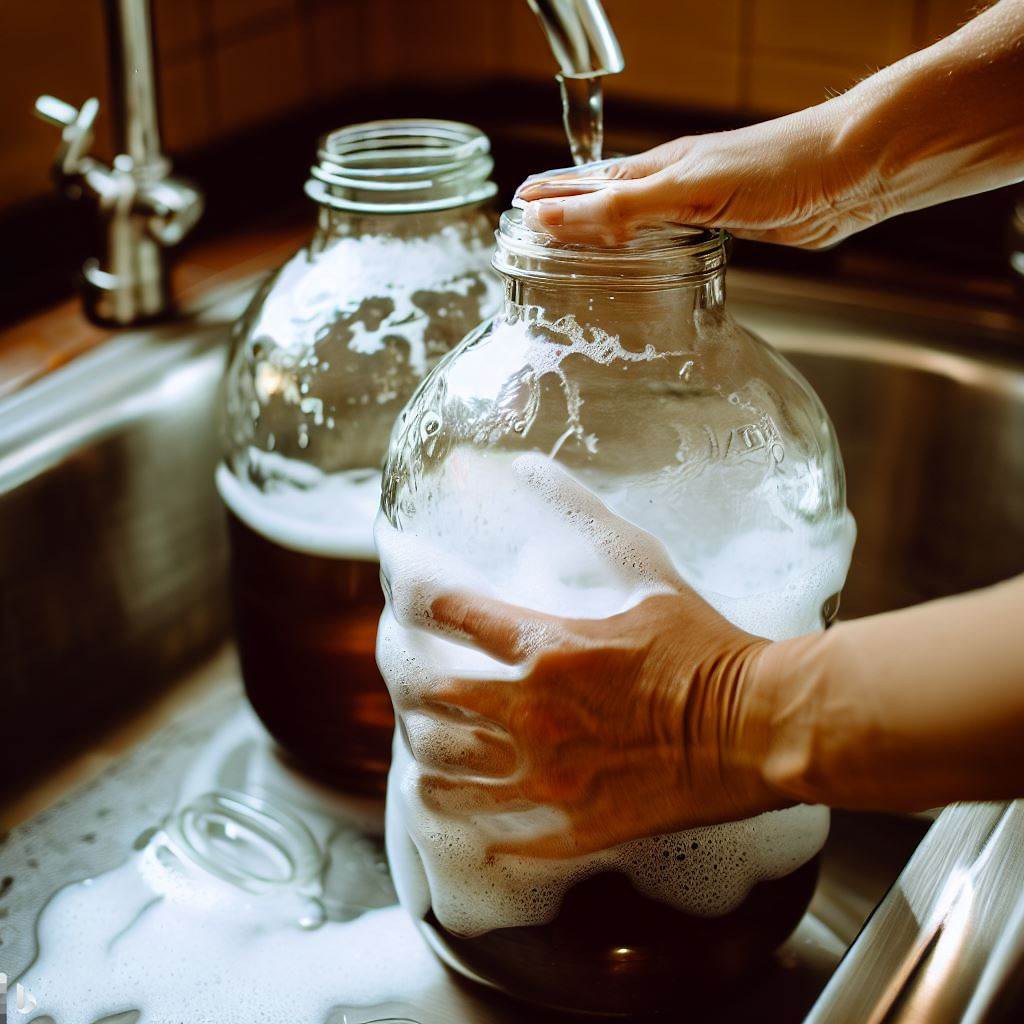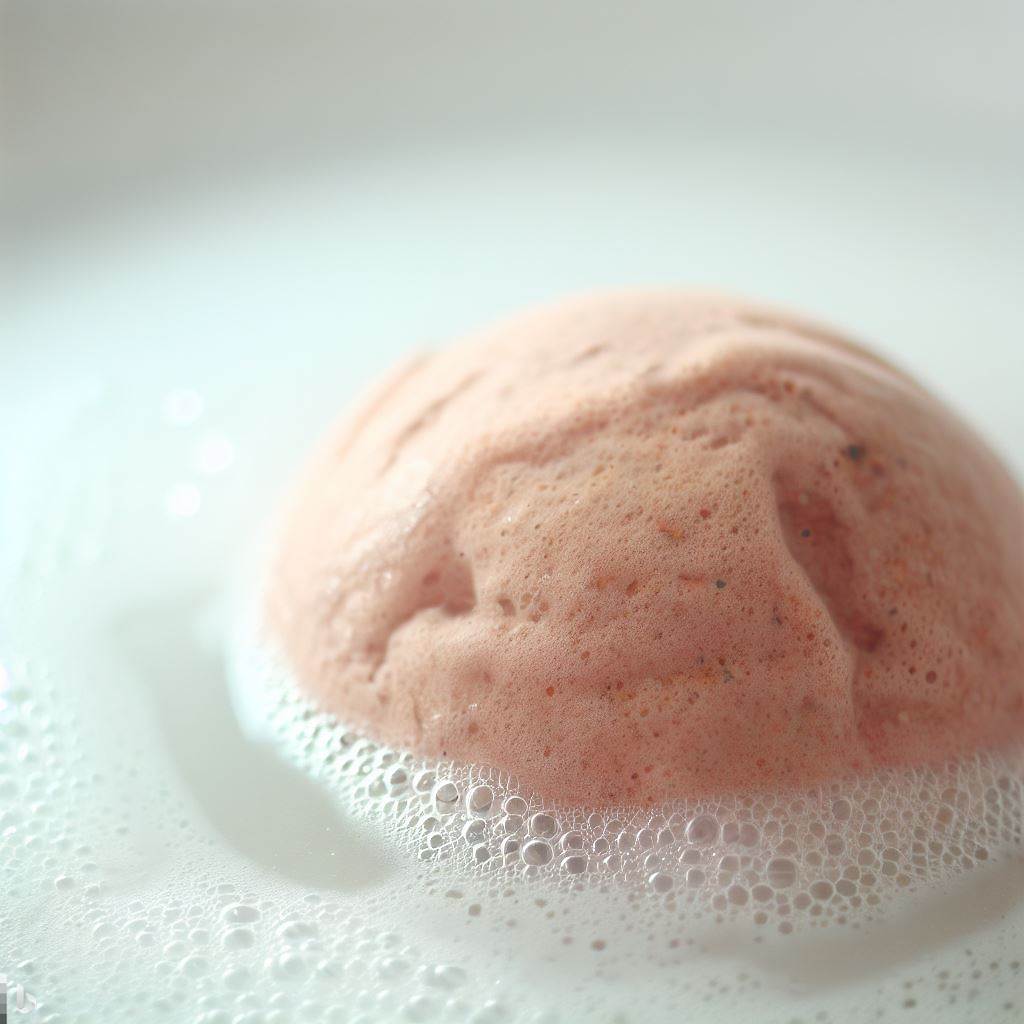The Ultimate Guide: Properly Sanitizing your Brewing Supplies for Kombucha
Welcome to our comprehensive guide on how to properly sanitize your brewing supplies when crafting kombucha. Sanitization is a critical step in the brewing process to ensure the safety and quality of your homemade kombucha. In this blog post, we will walk you through the importance of sanitization, the different sanitizing methods available, and provide you with step-by-step instructions on how to effectively sanitize your brewing equipment. By following these guidelines, you can confidently brew delicious and healthy kombucha at home.
The Importance of Sanitization
Sanitization plays a crucial role in brewing kombucha as it helps eliminate harmful bacteria, wild yeast, and other contaminants that can negatively impact the fermentation process. Proper sanitization not only ensures the safety of your brew but also helps maintain the desired flavor profile and prevents off-flavors from developing.
Choosing the Right Sanitizing Method
There are several sanitizing methods available for brewing kombucha, each with its own advantages and considerations. The most common sanitizing methods include:
- Oxygen-Based Sanitizers: These sanitizers, such as One Step and PBW, are easy to use and provide both cleaning and sanitizing properties. They are effective for new brewers and are best used for brand new equipment.
- Iodine-Based Sanitizers: IOStar and BTF Iodophor are popular iodine-based sanitizers. They are cost-effective and can last for weeks to months when stored properly. However, they can stain surfaces and require careful drying to avoid affecting the flavor.
- Sodium Metabisulfite: Sodium metabisulfite is commonly used by winemakers and can be effective for sanitizing fermentation buckets. It is cost-effective and easy to calculate the required concentration. However, it requires specialized equipment to check its effectiveness.
- Acid-Based Sanitizers: Star San and Saniclean are popular acid-based sanitizers. They are highly effective, easy to use, and provide foam for better coverage. Star San is preferred by many brewers due to its versatility and long-lasting properties.
Step-by-Step Guide to Sanitizing your Brewing Supplies

Now, let’s dive into the step-by-step process of properly sanitizing your brewing equipment for kombucha:
Step 1: Gather Your Supplies
Before you begin, make sure you have all the necessary supplies for sanitization. This includes your chosen sanitizer, a clean bucket or basin, a bottle brush, a sponge or rag, and a spray bottle (if applicable).
Step 2: Clean Your Equipment
Thoroughly clean your brewing equipment using hot water and a mild detergent that is not antibacterial. This step removes any visible dirt or residue that may interfere with the sanitization process. Use a bottle brush to scrub the inside of bottles and fermentation vessels.
Step 3: Prepare the Sanitizing Solution
Follow the instructions provided with your chosen sanitizer to prepare the appropriate concentration. Dilute the sanitizer in hot water according to the recommended ratio. Ensure that the solution covers all the surfaces of your equipment.
Step 4: Soak or Spray
Depending on the size of your equipment, you can either soak or spray the sanitizing solution. For smaller items like bottles and caps, soak them in the solution for the recommended contact time. For larger items like fermentation vessels, use a clean rag or sponge to spread the sanitizer evenly. If using a foam-based sanitizer like Star San, make sure to create a foam layer for better coverage.
Step 5: Allow Sufficient Contact Time
The contact time required for effective sanitization varies depending on the sanitizer used. Follow the instructions provided with your chosen sanitizer to determine the appropriate contact time. This ensures that all harmful microorganisms are eliminated.
Step 6: Rinse
After the recommended contact time, thoroughly rinse your equipment with clean, cold water. Ensure that all traces of the sanitizer are removed to prevent any potential off-flavors in your brew.
Step 7: Air Dry
Allow your equipment to air dry completely before using or storing it. Avoid using towels or other materials that may introduce contaminants. Proper air drying helps prevent recontamination and ensures the sanitization process is effective.
Final Thoughts
Finally, we learned that Sanitizing your Brewing Supplies is crucial step in brewing kombucha to ensure the safety, quality, and flavor of your homemade brew. By following the steps outlined in this guide and choosing the appropriate sanitizing method, you can confidently brew delicious and healthy kombucha at home. Remember to always prioritize cleanliness and sanitation throughout the brewing process to achieve the best results. Cheers to your successful kombucha brewing journey! Happy Brewing y’all!
Check our additional GMK Blog Posts:







